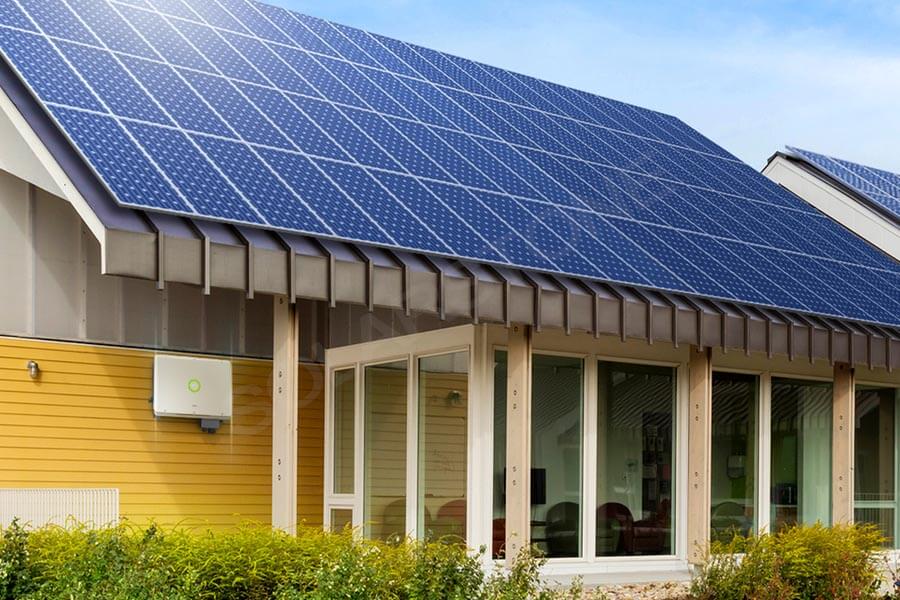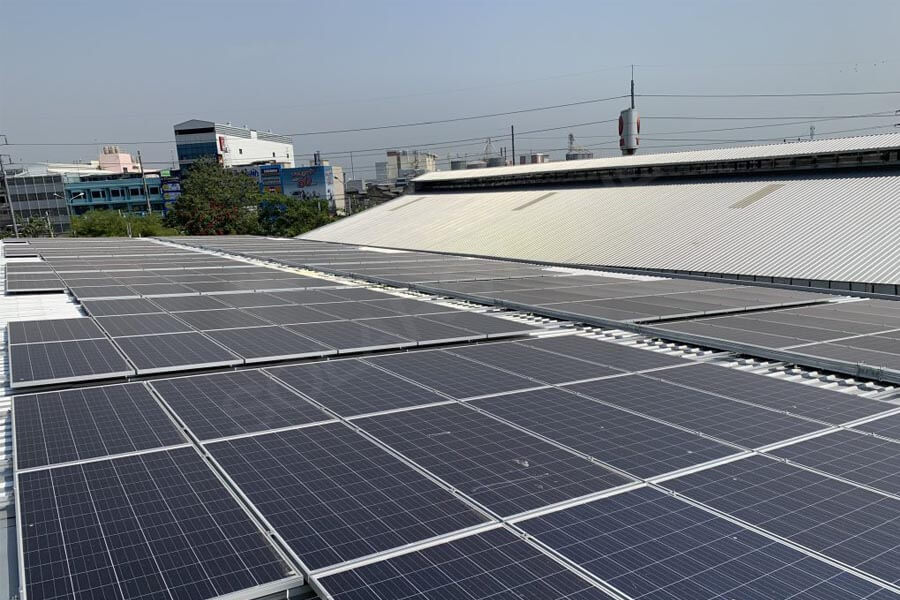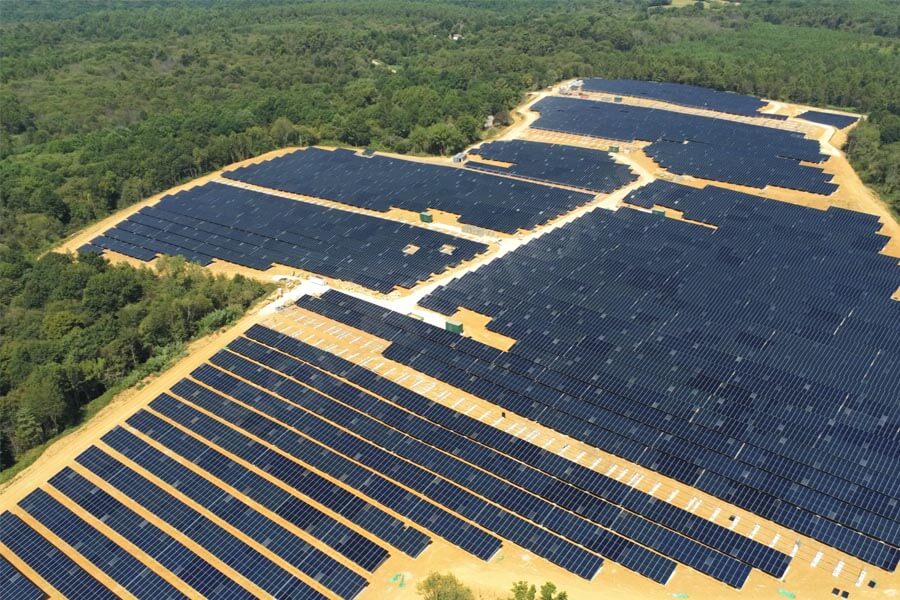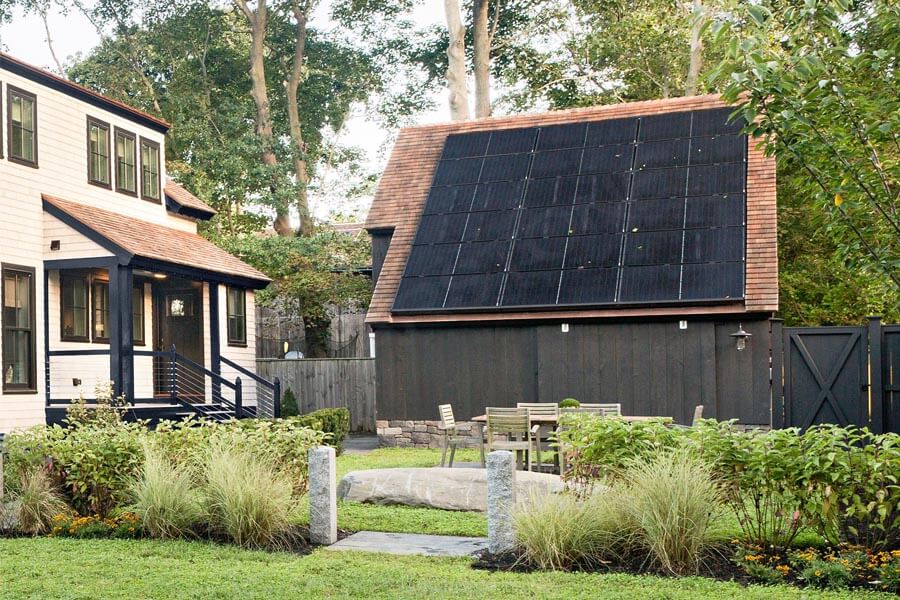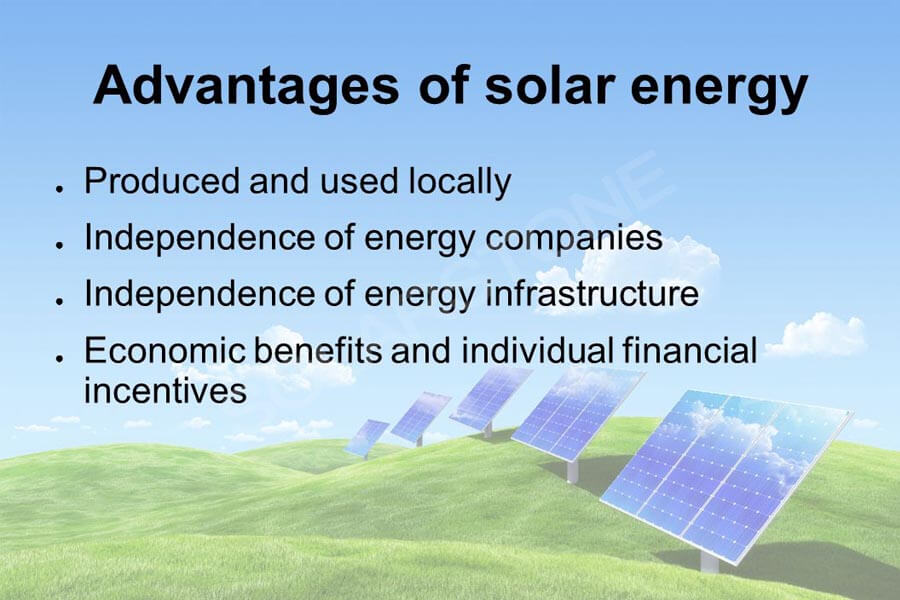The 21st century is a period of rapid development in energy transformation. In the current tense energy supply and demand relationship, countries have reached an unprecedented high level of investment and development in new energy.
The purpose is to alleviate the shortage of domestic energy supply, increase the proportion of new energy in the national energy ratio, and gradually achieve low-carbon and pollution-free national energy supply system through substitution.
Photovoltaic solar energy, as an important new type of energy-saving energy in contemporary times, is increasingly weighted in the proportion of national energy, and will play a significant constructive and substitutive role in the national energy system in the future.
Safe, reliable, noise free, and pollution-free
Nowadays, low-carbon, environmentally friendly, quiet and comfortable lifestyles are deeply loved by the public. To stay away from noisy noise and use clean energy has become a common choice among contemporary people.
The change in mindset has brought about a change in lifestyle, and the safe, efficient, noise free, and pollution-free nature of photovoltaic solar energy perfectly meets the selection needs.
Energy is readily available, and with light, electricity can be generated
The energy of photovoltaic power generation comes from sunlight, which is continuously supplied to people through photovoltaic conversion. As a renewable energy source, sunlight is inexhaustible and inexhaustible.
Therefore, the widespread use of photovoltaic power generation is the most efficient and energy-saving, saving power generation costs and generating considerable electricity.
No mechanical rotating parts, low failure rate, and easy maintenance
The traditional power generation method requires the assembly of various components, which are driven by mechanical rotation to generate power as a whole. The machinery will wear and tear, resulting in a high failure rate.
Maintenance also requires disassembly, which is very inconvenient for maintenance. The photovoltaic power generation components are simple, have extremely low failure rates, and are more convenient to maintain.
Easy to integrate with building supporting facilities
Photovoltaic modules are detachable and can be installed in rural areas, roofs, courtyards, and other places. In cities, large high-rise buildings and residential communities can be installed on the top floor, and their compatibility with the building is increasing.
In the process of integrating photovoltaic buildings, they are constantly deeply integrated.
The unmanned and short station construction cycle
There is no need for on-site supervision and remote monitoring, which saves labor costs. In addition, the construction cycle is short.
For the construction of photovoltaic power stations, it can take as little as three to five days, and as much as ten and a half months to complete the construction work of the power station. It is immediately put into use, and the investment returns quickly.
The scale of construction is arbitrary and there is no need to install transmission lines
For photovoltaic power plants, the scale of construction depends on the expected production capacity requirements of the construction party and can be set up at will.
Another advantage is that there is no need to install transmission lines, reducing capital investment. For distributed photovoltaic power generation projects, it can be consumed nearby, which is not available in other power generation methods.
In summary, the advantages of photovoltaic power generation are obvious, and the industry layout is expected to expand in the future. Photovoltaic power generation will also become the most basic, widespread, and promising application form.


